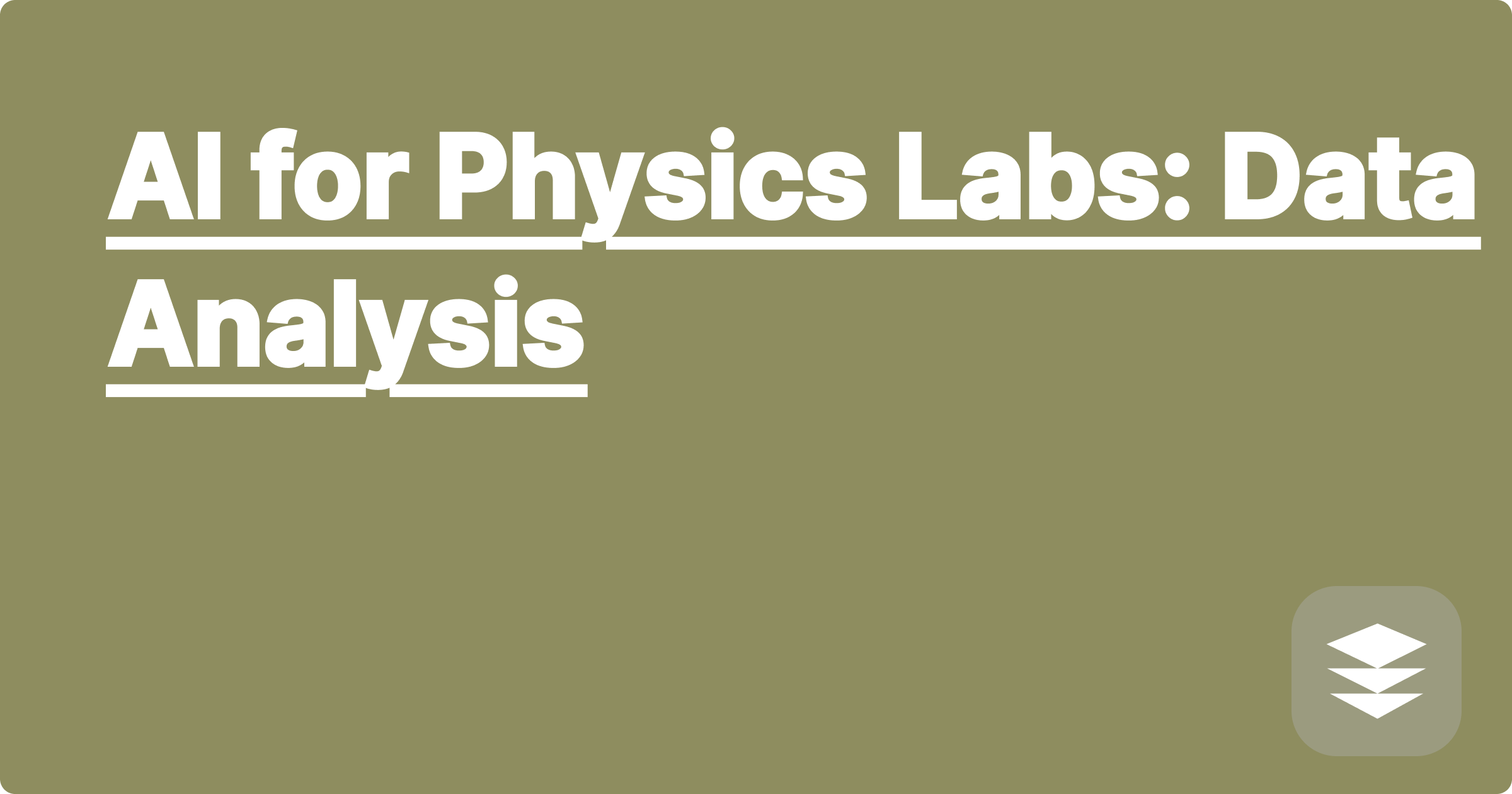
The world of STEM, particularly physics, is built upon a foundation of data. From analyzing the trajectory of a projectile to understanding the intricacies of quantum mechanics, data analysis is the key to unlocking the mysteries of the universe. However, traditional data analysis methods can be time-consuming, complex, and often overwhelming for students and researchers alike. Imagine spending hours poring over spreadsheets, struggling with complex statistical software, and still feeling uncertain about your results. This is where the power of Artificial Intelligence (AI) comes into play, offering a transformative approach to data analysis in physics labs and beyond.
AI is not just a buzzword; it's a powerful tool that can revolutionize how we approach learning and research. For STEM students and researchers, AI offers the potential to streamline workflows, uncover hidden patterns in data, and accelerate the pace of discovery. This blog post delves into the practical applications of AI for physics lab data analysis, providing you with actionable strategies and insights to enhance your academic journey. We'll explore how AI can empower you to conquer complex data sets, gain deeper insights, and ultimately achieve your academic and research goals more efficiently.
Physics lab experiments often generate large volumes of raw data. This data can be messy, containing errors, noise, and irrelevant information. Traditional data analysis techniques require manual cleaning, processing, and interpretation, which can be a significant bottleneck in the research process. Students often struggle with understanding statistical concepts, applying appropriate analytical methods, and visualizing the results effectively. Furthermore, the sheer volume of data can be daunting, leading to frustration and a sense of being overwhelmed. The challenge lies in efficiently processing this raw data, extracting meaningful insights, and presenting those insights in a clear and concise manner.
AI offers a powerful suite of tools to address the challenges of physics lab data analysis. Tools like Python libraries (NumPy, SciPy, Pandas) combined with machine learning algorithms can automate data cleaning, identify trends, and perform complex statistical analyses. For instance, imagine having an AI assistant that can automatically identify and correct outliers in your dataset, saving you hours of manual work. AI can also help with data visualization, creating insightful graphs and charts that reveal hidden patterns and relationships within your data. Furthermore, AI-powered tools can assist in model fitting, allowing you to test different theoretical models against your experimental data and determine the best fit.
Let's walk through a practical example. Suppose you are analyzing data from a projectile motion experiment. First, you can import your data into a Python environment using Pandas. Then, using libraries like NumPy and SciPy, you can clean and pre-process the data, removing noise and outliers. Next, you can employ machine learning algorithms, such as linear regression, to model the trajectory of the projectile. Finally, you can visualize the results using Matplotlib or Seaborn, creating clear and informative graphs of the projectile's path. This entire process, which might have taken hours manually, can be automated with AI, allowing you to focus on interpreting the results and drawing meaningful conclusions.
Consider another scenario where you are analyzing data from a spectroscopy experiment. AI can help you identify and classify different spectral lines, determine the composition of the sample, and even predict its properties. AI-powered tools can also be used to analyze data from complex simulations, such as molecular dynamics simulations, to understand the behavior of materials at the atomic level. In another instance, AI can assist in analyzing data from astronomical observations, identifying celestial objects, and characterizing their properties. These are just a few examples of how AI can be applied to various physics lab experiments and research projects.
One powerful, less-known tool is GPAI (Generalized Personal AI Partner). Think of it as your personalized AI research assistant. You can use GPAI to brainstorm research ideas, organize your literature review, and even draft sections of your lab reports. Imagine having an AI that can summarize complex research papers, identify relevant articles, and even suggest potential research directions. This can significantly reduce the time spent on literature review and allow you to focus on the core aspects of your research. Another helpful tool is Wolfram Alpha, which can perform symbolic calculations, solve equations, and provide step-by-step solutions to physics problems. This can be invaluable for checking your work and understanding complex concepts. Finally, explore tools like Code Interpreter, which allows you to analyze data, generate visualizations, and even run simulations directly within a conversational interface.
Conclude your analysis by summarizing your findings and discussing their implications for your research. Remember to document your code and methodology clearly, allowing others to reproduce your results. By incorporating AI into your workflow, you can significantly enhance your efficiency, gain deeper insights from your data, and ultimately achieve greater success in your physics studies and research. Start exploring these AI tools today and unlock the full potential of your data.
AI for Differential Equations: Solve Problems
AI for Earth Science: Explore Data
AI for Aerospace Eng: Flight Sim
AI for Physics Labs: Data Analysis
AI for Genetics: Understand DNA
AI for Electrical Eng: Circuit Design
AI for Biochemistry: Enzyme Kinetics
AI for Math: Conquer Complex Problems